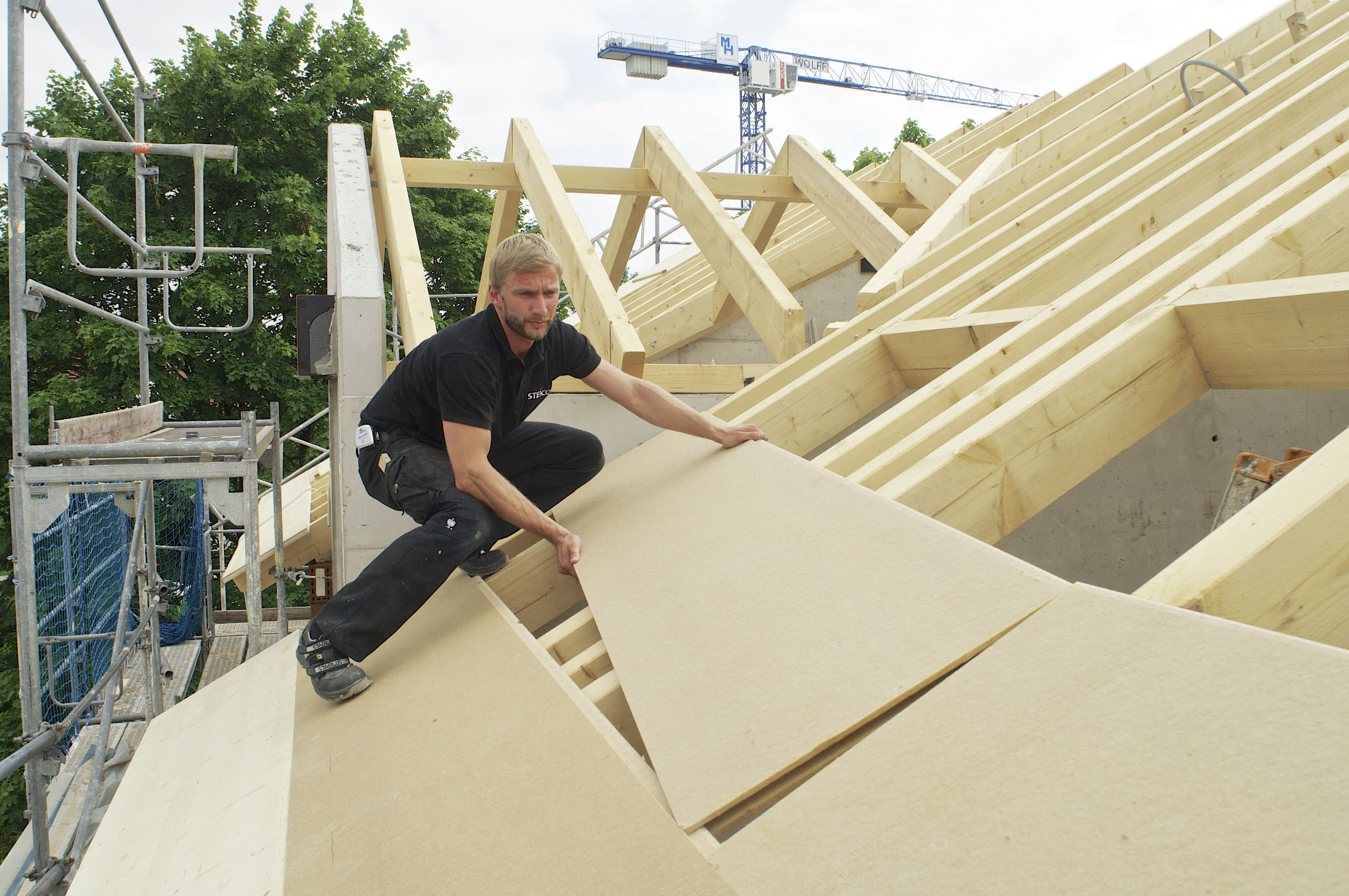
During design and construction, there is often a lack of focus on a building’s costs across its whole lifecycle – both in terms of financial costs and costs to environmental and occupant health. Adrian Judd, Operations Director at Steico UK, discusses how investing in a healthy home can reduce a building’s overall, lifecycle costs.Health should be at the forefront of every decision throughout the entire construction process. By prioritising health, members of the construction industry can create a more resilient, sustainable and natural built environment which enhances the wellbeing of its occupants and the environment. This durability ensures a longer lifecycle for healthy buildings, with a reduced need for regular maintenance or renovation work to improve aesthetics or performance.
The true cost of a healthy building
When considering the costs associated with constructing a healthy building, it is often perceived that natural materials are more expensive than their synthetic alternatives. Since 2018, natural and synthetic materials are at near price parity, meaning it is no longer always more expensive to build healthy buildings.
Added to this, the whole lifecycle costs for a healthy building is much lower due to enhanced durability, weather resistance and improved indoor air quality. These costs go beyond monetary – environmental costs, costs to human health as well as costs of keep a building regularly maintained can all be reduced by putting health at the fore.
- Decreased environmental costs
The use of natural materials is a key element of a healthy building. Natural materials, such as wool or woodfibre, are sustainable, meaning they do not deplete natural resources. They also use much less carbon in both their production and use, resulting in lower carbon emissions and minimising their overall environmental impact. Wood sequesters carbon and thus carbon is captured or locked into the product for its entire lifespan. This knowledge allows architects and builders to reach ambitious CO2 reduction targets laid out by the Government[i].
Healthy buildings also improve the energy efficiency of homes. High quality, thermally efficient insulation and the utilisation of natural light wherever possible contribute to a consistently comfortable temperature and a well-lit home, reducing reliance on artificial heat and light. This subsequently minimises energy consumption.
- Reduced cost to occupant health
As natural materials are vapour permeable, they enable moisture to pass through their fibres, minimising the build up of mould, rot or condensation. This contributes to a higher indoor air quality within a healthy home, decreasing the prevalence of common respiratory ailments such as asthma.
In addition to this, by making the most of natural light, healthy homes can also act to improve motivation, focus and regulate sleep cycles – enhancing the mental health of occupants.
- Reduced maintenance and upkeep costs
Natural materials are also strong, durable and weather resistant. The resilience of these materials will decrease the need for regular upkeep and maintenance, minimising the costs associated with these over the building’s lifecycle.
Managing cost misconceptions surrounding healthy building
Healthy building is not a luxury – it’s a necessity – and one we no longer have to pay more to achieve.
Natural building materials not only now compete on price with their synthetic alternatives, but the healthy buildings they create also carry much lower costs across their whole lifecycle due to their enhanced resilience and durability.
Healthy building as a necessity
With a heightened focus on protecting the environment and safeguarding occupant wellbeing, the demand for healthy homes is rapidly increasing.
By adopting healthy building as the norm, the long-term costs of our homes can be reduced and their lifecycles prolonged. Healthy homes are a necessity, not only to extend the building lifecycle, but to safeguard occupant health and the health of our planet.
At Futurebuild 2020, Steico will be encouraging the construction industry to share their commitment to healthy buildings as part of their unbranded, Supporting Healthy Buildings campaign.
To find out more about the campaign and how you can adopt healthy building practices to reduce costs, visit https://www.steico.com/en/news/campaign/.
